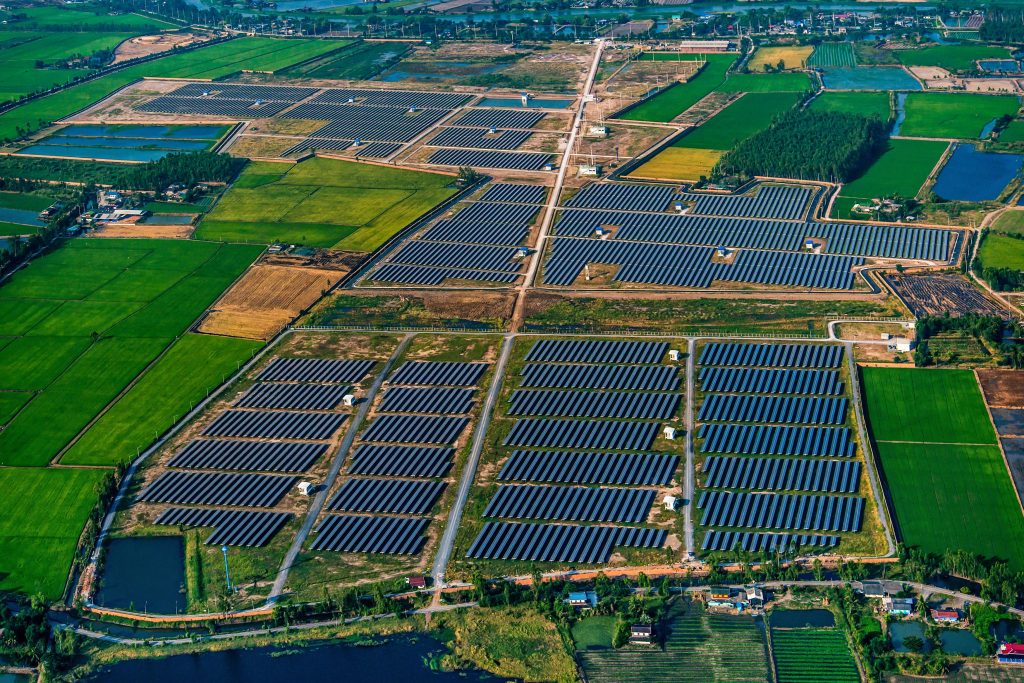Emerging technologies in the electronics industry refer to innovative advancements that are poised to reshape the way we live, work, and communicate. These cutting-edge technologies have the potential to revolutionize various aspects of our lives, from personal gadgets to industrial equipment.
It is crucial for individuals and businesses to stay updated on these emerging technologies as they offer numerous benefits. By staying ahead of the curve, organizations can gain a competitive edge, capitalize on new business opportunities, and meet the ever-changing demands of consumers. Furthermore, individuals can stay informed about the latest gadgets and devices, enhancing their productivity, efficiency, and overall lifestyle.
As technology evolves at a rapid pace, keeping up with emerging trends becomes increasingly vital. Not only can it open doors to groundbreaking ideas and insights, but it can also foster innovation and drive progress. From artificial intelligence and virtual reality to renewable energy and quantum computing, each emerging technology holds immense potential to shape our future.
Internet of Things (IoT)

The Internet of Things (IoT) refers to the network of physical devices, vehicles, appliances, and other objects that are embedded with internet connectivity and can collect and exchange data. This interconnected network allows these devices to interact and communicate with each other, as well as with the users.
In the electronics industry, the impact of IoT is significant. It has opened up a vast array of possibilities, enabling the development of smart devices and systems that can enhance efficiency, productivity, and convenience. IoT technology has the potential to transform industries such as healthcare, agriculture, transportation, and manufacturing.
Some examples of emerging IoT technologies include smart home systems that enable remote control of appliances, wearable devices that track health and wellness data, smart cities that optimize resource management and enhance livability, and industrial IoT solutions that improve operational efficiency and enable predictive maintenance. These technologies are revolutionizing how we interact with our surroundings and are set to reshape the future of the electronics industry.
As IoT continues to evolve, it presents opportunities for businesses to leverage data and connectivity to create innovative products and services. It also raises concerns about privacy, security, and the ethical implications of collecting and analyzing massive amounts of data. Nevertheless, IoT is poised to play a significant role in the foreseeable future, driving advancements and enabling a more connected and intelligent world.
Artificial Intelligence (AI)

Artificial Intelligence (AI) can be defined as the simulation of human intelligence in machines that are programmed to think and learn like humans. This technology involves the development of computer systems that are capable of executing tasks that typically require human intervention, such as speech recognition, decision-making, problem-solving, and language translation.
In the electronics industry, AI is revolutionizing various processes and applications. It is being used to optimize business processes, enhance productivity, and improve user experiences. One of the prominent applications of AI in electronics is in the development of smart devices and systems. For instance, AI-powered virtual assistants like Amazon’s Alexa and Apple’s Siri have become commonplace in many households, enabling users to control their smart home devices through voice commands.
Moreover, AI technologies are being used in advanced analytics and data-driven decision-making, allowing businesses to gain valuable insights from massive amounts of data. In the electronics manufacturing sector, AI is used for quality control and predictive maintenance, helping to identify and rectify potential issues before they cause significant disruptions.
Emerging AI technologies in the electronics industry include adaptive AI, which can learn and adapt to changing environments and situations, as well as natural language processing, which enables computers to understand and interpret human language. Additionally, machine learning algorithms are being increasingly employed to improve the accuracy and efficiency of various processes, such as image and voice recognition.
Robotics and Automation

Robotics and automation play a crucial role in the electronics industry, revolutionizing manufacturing processes and enhancing productivity. Robotics refers to the design, construction, and operation of robots, while automation is the use of technology to perform tasks with minimal human intervention. Together, they offer numerous benefits such as increased efficiency, precision, and cost-effectiveness.
In the electronics industry, robotics and automation are used in various aspects of production, including assembly, testing, and packaging. Automated assembly lines equipped with robots can quickly and accurately assemble electronic components, reducing errors and increasing production speed. Robots also excel in tasks that require delicacy and precision, such as soldering and surface mount technology.
Emerging technologies in robotics and automation include advanced robotic arms with increased dexterity and flexibility, enabling them to handle more complex tasks. Collaborative robots, also known as cobots, are designed to work alongside humans, enhancing the overall manufacturing process. They can perform repetitive tasks, freeing up human workers to focus on more skilled and strategic responsibilities.
Furthermore, the integration of AI and machine learning with robotics and automation is enabling adaptive and intelligent systems. These systems can optimize workflows, make real-time adjustments, and learn from their experiences to continuously improve efficiency and accuracy.
Overall, robotics and automation are essential for the electronics industry as they enhance production capabilities, improve product quality, and increase operational efficiency. As technology continues to advance, we can expect to see even more innovative robotics and automation solutions in the foreseeable future.
Advanced Materials and Nanotechnology

Advanced materials and nanotechnology are revolutionizing the field of electronics, offering unprecedented opportunities for innovation and advancement.
Advanced materials refer to materials that possess superior properties compared to traditional materials. These materials are engineered at the atomic or molecular level, altering their structure and properties. Nanotechnology, on the other hand, involves manipulating matter at the nanoscale level (typically 1 to 100 nanometers) to create new materials and devices with unique capabilities.
In the electronics industry, advanced materials and nanotechnology play a crucial role in enhancing device performance, durability, and functionality. They enable the development of smaller and more energy-efficient components, leading to the creation of compact and powerful electronic devices. These advancements also pave the way for flexible and bendable electronics, enabling the integration of electronic components into various surfaces and shapes.
Some emerging advanced materials and nanotechnology technologies in electronics include graphene, carbon nanotubes, and quantum dots. Graphene, a single layer of carbon atoms arranged in a two-dimensional lattice, exhibits exceptional electrical conductivity and strength. Carbon nanotubes, cylindrical structures made of carbon atoms, have excellent mechanical, thermal, and electrical properties. Quantum dots are tiny semiconductor particles with unique optical properties, enabling highly efficient displays and solar cells.
Energy Efficiency and Sustainability

Energy efficiency and sustainability have become paramount in the electronics industry as the demand for electronic devices continues to rise. With the increasing awareness of the environmental impact of technology, the industry is actively seeking ways to reduce energy consumption and adopt sustainable practices.
Emerging technologies are playing a crucial role in achieving energy efficiency and sustainability goals in the electronics industry. For instance, advancements in power management and optimization techniques are enabling devices to operate more efficiently and conserve energy. This includes technologies such as low-power processors, energy-harvesting solutions, and intelligent power management systems.
Renewable energy sources are another key focus area for the industry. Solar power, wind energy, and even kinetic energy are being harnessed to power electronic devices and reduce reliance on fossil fuels. Furthermore, innovations in battery technology are enabling energy storage solutions that can efficiently store and release energy, supporting the use of renewable energy sources.
Sustainable manufacturing processes are also gaining prominence. Companies are revising their production methods to reduce waste and use environmentally friendly materials. Recycling initiatives are being implemented to recover valuable components from discarded electronic devices.
Overall, the electronics industry recognizes the importance of energy efficiency and sustainability and is actively investing in emerging technologies that can drive positive change. By embracing these advancements, the industry can reduce its carbon footprint, conserve resources, and contribute to a more sustainable future.
Conclusion
In conclusion, staying updated on emerging technologies in the electronics industry is of utmost importance. With the rapid advancements and continuous innovation in the field, businesses need to stay ahead to remain competitive and meet the evolving needs of consumers. The integration of technologies such as artificial intelligence, virtual reality, renewable energy, and sustainable manufacturing processes holds immense potential to revolutionize the future of electronics. These technologies enable energy efficiency, sustainable power sources, reduced waste, and enhanced functionality of devices. They also pave the way for new business models, improved business processes, and the development of digital environments. As we look ahead, it is evident that emerging technologies will continue to shape the electronics industry, aligning it with the demands of a rapidly changing world and contributing to a more sustainable and connected future.

